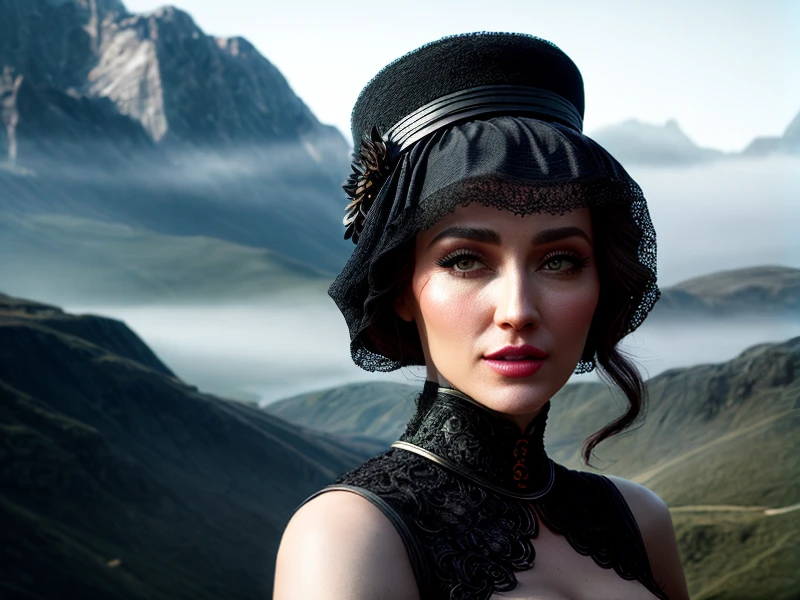The Evolution of Visual Storytelling: From Silent Films to VR Experiences
Visual storytelling has come a long way since the era of silent films. Over the years, advancements in technology and creative techniques have transformed the way stories are told on the big screen. From the simple black and white narratives of the early 1900s to the immersive virtual reality experiences of today, the evolution of visual storytelling has revolutionized the film industry. In this article, we will dive deep into the journey of visual storytelling, exploring the key milestones and innovations that have shaped cinema as we know it.

The Birth of Silent Films and the Era of Expression
The history of visual storytelling can be traced back to the birth of silent films in the late 19th century. These early films relied solely on visuals to convey a story, as there was no synchronized sound. Directors and cinematographers had to rely heavily on facial expressions, body language, and visual cues to engage the audience and convey emotions. Pioneers like Georges Méliès and D.W. Griffith paved the way for the use of innovative techniques such as cross-cutting, close-ups, and parallel editing to enhance visual storytelling. This era laid the foundation for future filmmakers to experiment and push the boundaries of storytelling.
The Technological Revolution and the Advent of Sound
The 1920s ushered in a technological revolution in the film industry with the introduction of synchronized sound. Talkies, as they were called, brought a new dimension to visual storytelling by allowing filmmakers to incorporate dialogue, music, and sound effects into their narratives. The addition of sound provided a more immersive experience for the audience, making films feel more lifelike and emotionally impactful. This era witnessed the emergence of iconic films like "The Jazz Singer" and "The Wizard of Oz," which showcased the possibilities of sound in storytelling.
the Golden Age of Cinema and the Rise of Color
The 1930s and 1940s marked the golden age of cinema, where the art of visual storytelling reached new heights. With the advancement of color technology, films started to be produced in vibrant hues, adding a whole new dimension to the storytelling process. Directors like Alfred Hitchcock and Orson Welles masterfully used color to create mood and evoke emotions in their films. The introduction of Technicolor further enhanced the visual experience, captivating audiences with stunning visuals and mesmerizing cinematography. This era saw the birth of timeless classics like "Gone with the Wind" and "The Wizard of Oz," which continue to inspire filmmakers to this day.
The Digital Revolution and the Emergence of Virtual Reality
In recent years, the digital revolution has revolutionized the film industry, pushing the boundaries of visual storytelling even further. With the advent of computer-generated imagery (CGI) and advanced visual effects, filmmakers can now create breathtaking worlds and creatures that were once limited by the constraints of practical effects. Additionally, the rise of virtual reality (VR) has introduced a whole new way of experiencing narratives. VR films and experiences allow viewers to step inside the story, immersing themselves in a 360-degree environment and becoming active participants in the storytelling process. This cutting-edge technology has opened up a world of possibilities for filmmakers and has the potential to reshape the future of visual storytelling.

The evolution of visual storytelling from silent films to VR experiences has been a remarkable journey, shaped by technological advancements and creative innovations. Each era has brought its own unique contributions to the art form, pushing the boundaries of what is possible in terms of engaging and captivating an audience. As we look ahead to the future, it is exciting to imagine how visual storytelling will continue to evolve and captivate audiences in new and unexpected ways. The magic of cinema lies in its ability to transport us to different worlds and make us feel a range of emotions, and the evolution of visual storytelling ensures that this magic remains alive and thriving in the film industry.
